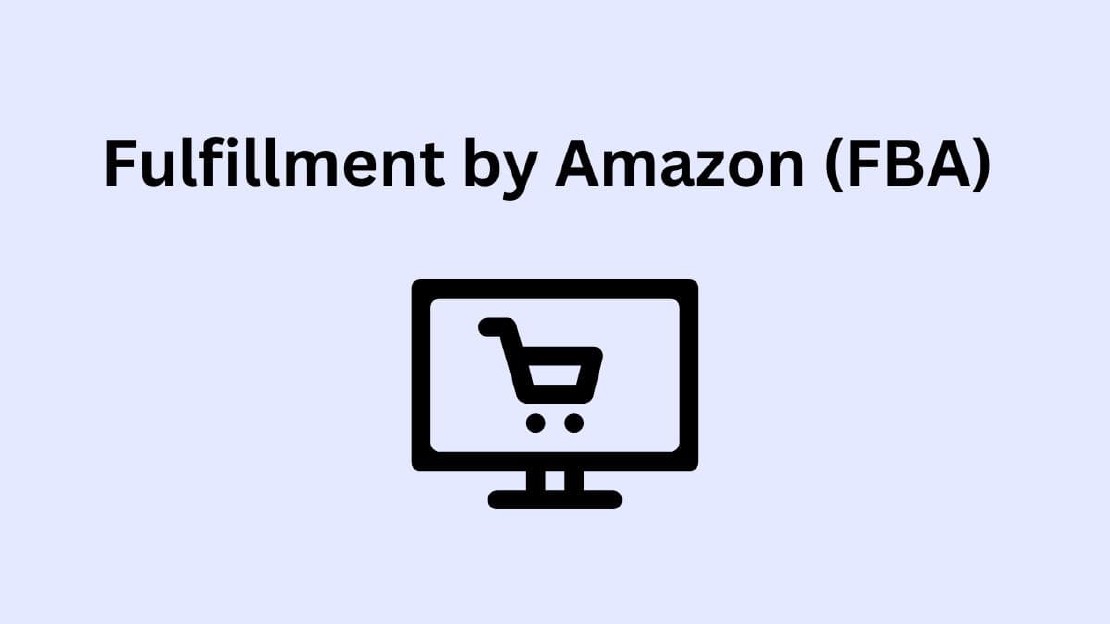How to Sell Digital Products Online
Selling downloadable products has become one of the most lucrative online business models. E-learning, a lucrative online business model, has gained popularity among entrepreneurs and employees. Unlike other online goods requiring inventory management or shipping, e-learning can be repeatedly sold without these challenges. Statista projects the e-learning market to reach $457.8 billion by 2026, highlighting the growing demand for educational online content.
This guide equips you with the tools and strategies to successfully sell digital products online. his guide will provide you with the necessary tools and strategies to successfully sell digital products online.
War Sell Digital Products?
Learning how to sell digital products online opens the door to scalable income and creative freedom. By creating high-quality products, implementing effective marketing strategies, and providing excellent customer support, you can build a successful digital product business. Stay committed to continuous improvement, customer engagement, and optimizing your storefront or platform as keys to success.
- Low Production Costs: Once created, downloadable items can be replicated at no additional cost.
- High-Profit Margins: With minimal ongoing expenses, the majority of sales revenue is profit.
- Global Reach: These goods can be sold to customers worldwide, expanding your market exponentially.
- Scalability and Flexibility: Online products provide unparalleled scalability. In addition, you can work when and where you want, enabling a more adaptable lifestyle.
Top 10 Digital Products to Sell Online
- Online Courses – Educational content remains in high demand. Platforms like Udemy and Skillshare have millions of users seeking skill development.
- eBooks and Audiobooks - With rising digital consumption, self-published eBooks saw a 264% revenue increase in the past decade (IBISWorld).
- Design Templates - Canva templates, website themes, and presentation decks offer practical value and require low maintenance.
- Photography and Stock Images - Photographers can license and sell their images through marketplaces or their own storefronts.
- Printables - Budget trackers, planners, worksheets, and journals are popular on Etsy and Pinterest.
- Software and Apps - Entrepreneurs who build niche SaaS tools or apps can enjoy high returns with subscription models.
- Digital Art and Illustrations - Artists can profit from selling logos, custom illustrations, or clipart.
- Music and Audio Effects - Musicians and sound designers can upload royalty-free music and audio packs for creators and marketers.
- Web-Based Memberships - Offer exclusive content, training, or community access with recurring revenue.
- Video Content and Tutorials - Monetize your expertise in video format on your website or platforms like Gumroad.
These digital product ideas allow creators to build passive income streams while catering to specific niches.
Best Practices for Selling Digital Products
Best practices for selling virtual products include offering excellent customer service and providing clear, detailed product descriptions. Ensuring seamless and secure transactions builds customer trust and loyalty. Regularly updating offerings and incorporating customer feedback can improve quality and relevance.
- Regularly Update Your Products: Keep your downloadable items up to date with the latest information and trends to show customers that you are committed to providing valuable, current content.
- Protect Your Intellectual Property: Use digital rights management (DRM) tools to protect your products from unauthorized distribution. Watermarking, encryption, and license keys help safeguard your intellectual property.
- Gather and Analyze Data: Track sales, customer feedback, and website analytics to understand what’s working and what needs improvement.
- Network and Collaborate: Networking with other creators and influencers can open new opportunities for collaboration and cross-promotion. Join online communities, attend industry events, and participate in relevant forums to build connections.
Creating High-Quality Digital Products
Creating high-quality online goods involves thorough research, planning, and execution. It begins with understanding what customers want and need. Attention to detail, such as clear design and reliable functionality, enhances user experience and satisfaction. Continuous testing and feedback collection are crucial to meet customer expectations.
To create a successful digital product, start by identifying your niche and target audience. Conduct market research to understand what your potential customers are looking for and how you can meet their needs better than the competition.
High-quality content and professional design are critical to the success of your downloadable items. Invest time in creating valuable, well-structured content that addresses your audience’s pain points. Use professional tools and resources to enhance the visual appeal of your offerings.
Before launching your product, test it thoroughly to ensure it works flawlessly. Gather feedback from beta testers to make necessary improvements. This step is crucial to delivering a polished product that exceeds customer expectations.
FAQs
Is there a free platform to sell digital products?
Yes, there are several free platforms available to sell online goods. Popular options include Gumroad, Payhip, and Ko-fi. These platforms allow you to set up your online store quickly without upfront costs, only charging small transaction fees when you make sales.
How to create a website for selling digital products for free?
There are many platforms you can use for a blog or website for selling downloadable items. This is straightforward using platforms like WordPress.com, Wix, or Blogger. Simply sign up, select an appropriate theme, customize your site, and integrate free e-commerce solutions like Ecwid or WooCommerce. This approach allows you to start selling digital goods online without initial investments.
How to sell digital products without a website?
You can easily sell downloadable items without owning a website. Use marketplaces like Gumroad, Amazon Kindle Direct Publishing, or even social media platforms like Instagram and Facebook. These marketplaces provide built-in audiences, secure payment processing, and easy-to-use sales tools, enabling you to reach buyers without managing your own website.
Can I sell digital products on Etsy for free?
Listing downloadable items on Etsy involves minimal costs, typically around $0.20 per listing, plus transaction fees once you make a sale. Although Etsy isn’t entirely free, these nominal fees are affordable and manageable, making it a viable and cost-effective option for selling virtual products to a broad audience.
Conclusion
Selling downloadable items offers numerous advantages, including low overhead costs and the ability to reach a global audience. Unlike physical goods, virtual products don’t require inventory management or shipping logistics. This model provides an opportunity to earn money online without additional production costs as products can be sold repeatedly. Additionally, the flexibility of these goods allows creators to innovate and update offerings easily.
Recent Posts

- Monetizing
Earn Money on YouTube
Creating content for YouTube is an exciting venture, but turning your passion into profit can be a game-changer. If you’re ready to dive into the world of …

- Work From Home
Amazons Mechanical Turk Monetization Tips
Looking for flexible online income? These Amazons Mechanical Turk monetization tips will help you turn small tasks into real earnings. If traditional remote …

- Work From Home
Fulfillment by Amazon Complete Guide
Launching and scaling an online store can feel overwhelming. Managing inventory, shipping products, handling returns—each task demands significant time and …
